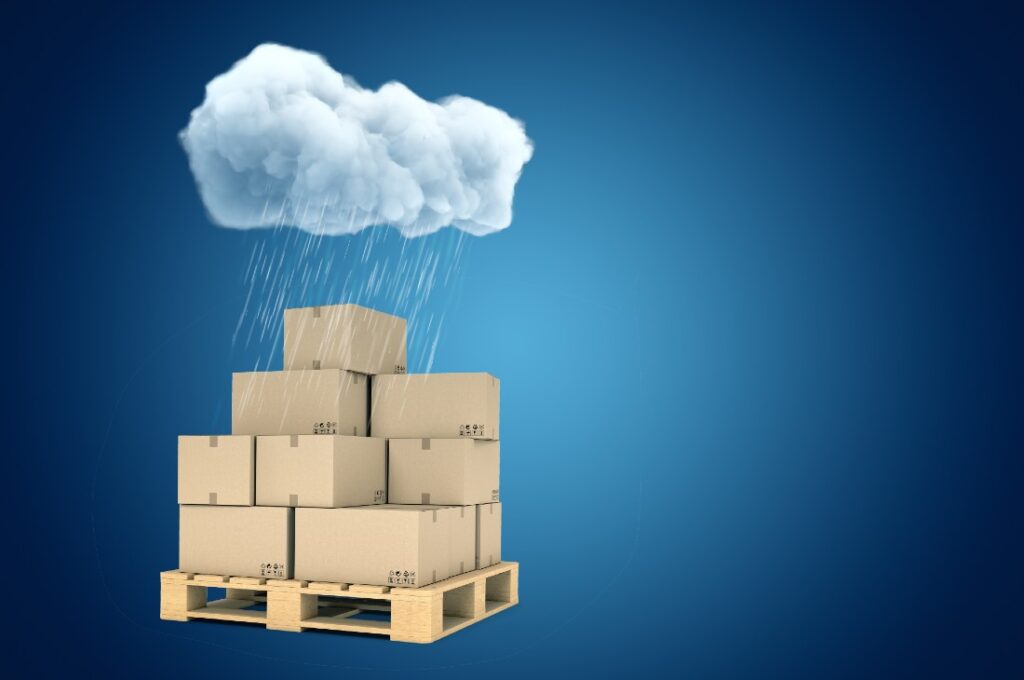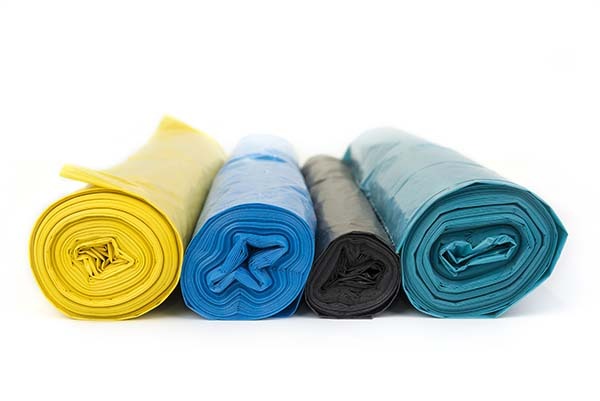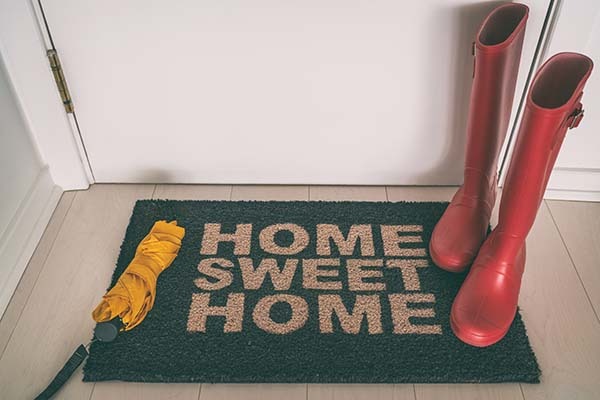Moving in the rain.
Moving day is a stressful and busy time, and the last thing you want to worry about is less than ideal weather when the time comes. Even if you check the weather several days in advance, the weather can still change. Moving in the rain is not easy or recommended, but there is not much you can do to control the weather on moving day. If you can be more flexible with moving dates, it may be a good idea to move in summer or fall, but even then, an unexpected downpour could occur. And, if you cannot be flexible, and will have to move during the spring or rainy season, you should be prepared on how to handle the rain.
There are a few things that you can do to prepare yourself for a move during rainy weather, and the good news is that they do not cost a lot of money. We have some tips for you on how you can use items you have already to make moving in the rain easier.
So, do not go out and spend a lot of money on rain-resistant materials for your move, unless that is something you want to do and your budget allows. We also have some logistical tips to follow, which may seem obvious, but will have you ready to handle a move in the rain. Please continue reading further as we discuss our top tips for moving during the rainy season.
When moving in the rain, Consider Using Trash Bags to Wrap Your Items
After packing things like clothes, instead of hanging them on a garment rack or laying them in laundry baskets, consider wrapping them in a garbage bag to protect them from the rain.
So, if a downpour hits while you are moving, the rule of thumb is to wrap everything that wasn’t packed in boxes with plastic. Wrap all items that should be protected from the rain, like electronics or art pieces. Sometimes, movers have to shrink wrap to cover furniture if it rains.
It may be a good idea to have some shrink wrap handy if you are moving without movers, or use whatever household items you have to protect your items. Plastic wrap can work, so can bubble wrap. You will probably have bubble wrap on hand if you are moving.
If you are using whatever you can find on hand, remember that plastic repels water, cotton sheets or paper products will not. A thick comforter may be able to protect your furniture in a light downpour. You can use the thick blanket over the furniture and use bungee cords to keep it in place. One final tip would be to seal all packed boxes with heavy-duty tape to keep moisture out.
Try to Shorten Walking Distances Between the House and the Moving Van
First, begin by backing the moving truck as close to your house or storage unit as you can. Move all packed boxes to one room, or even the garage. This will lessen the amount of rain being tracked inside. Then, make an assembly line by giving every individual a certain job. Some can stay inside the home, some can load the truck, and then others can make go in between the truck and the house. Again, this can cut down on the amount of rain being trekked inside. That means less to clean up later on.
Prioritize What Items Get Packed
If you have the ability to take cover and wait for the rain to pass, do so. However, the moving day may be on a tight schedule that does not allow you to stop. In that case, you will need to prioritize what items need to be packed first.
Begin with belongings in plastic bins or wrapped in plastic. Hopefully, after those items are loaded, the rain will have let up enough to load fragile items, items without boxes, and electronics. When moving in the rain, always wait to do the electronics last, as they can be fully damaged by moisture. Make sure they are fully wrapped and protected from the rain.
Use Your Rain Gear
Obviously, if you are moving on a rainy day, you want to make sure to use your rain gear. Moving in the rain is slippery work, and you will need rain gear to protect you from the rain and injury. Wear shoes with non-slip soles, or cover your regular shoes with rain boots. If you have a raincoat, or umbrella now is the time to use them.
A baseball cap may help keep the rain out of your eyes. Falling that, have a dry change of clothes handy to change into after the move. To help prevent you from slipping, use makeshift mats made from cardboard or old rugs. Lay these mats down along the walking path between your house and the moving truck. If you have an old tarp, you can also use that over the path to offset some of the rainfall.
Dry Up As You Go
If you have a set of old towels that you don’t mind sacrificing for the move, you can use them to dry things as you go along. After loading a box or piece of furniture, wipe the belongings down with the towels. This will help remove excess moisture. If you happen to track water into the house, you can use the towels to clean it up as you go.
Unpack Wet Boxes As Soon As Possible
As soon as you get to your new home, unpack wet boxes first. If the box has been compromised, remove those items sooner rather than later. Also, you can reuse wet boxes. Simply put the boxes outside on the porch or patio and allow them to dry completely. Keeping wet cardboard could lead to the growth of mold or mildew.
Prep Your New Home For Rain
Once you arrive at your new home, begin to prep it for the rain. Lay down a welcome mat so that people can wipe their feet before entering the home. Put out old towels so that people can wipe their faces, hands, and clothing. If you have already set up utilities, crank up the heat. The furnace can help remove moisture from the air. Lay down dry cardboard boxes to help prevent slipping. Bare tiles and wood flooring can get extremely slippery as people go in and out of the rain. If you need extra boxes and moving supplies, make sure to visit us. We have what you need.




